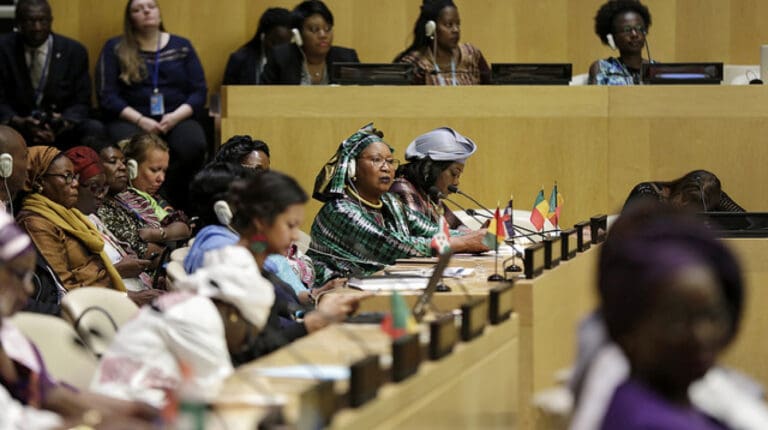The Southern African Development Community (SADC) is setting the pace for other African regional blocs in terms of women’s representation in parliament, with more countries from the region edging closer to attaining gender equality than other parts of the continent.
According to figures from the Inter-Parliamentary Union (IPU), countries in the 16-member regional bloc were – as of 1 February 2024 – making notable progress in terms of ensuring there is equal representation of women and men in parliaments.
Five SADC member states were in the Top 10 of African countries with the highest number of women in parliaments, with South Africa leading the regional charge at 45.8 percent women’s representation in the legislature.
This statistic places South Africa at number three in Africa, behind global leader Rwanda and Senegal which are in first and second place on the continent, respectively. It is also ranked 14th in the world in terms of representation of women in parliament.
Namibia follows closely, with women occupying 44.2 percent of the National Assembly seats and the country ranking fourth on the continent and a commendable 19th globally.
Another SADC member state, Mozambique, rounds off the continental Top Five, with 43.2 percent women representation in parliament. The country is placed 20th in the global rankings, according to IPU.
Other high performing SADC member states are Angola and Tanzania, with 38.6 percent and 37.4 percent women’s representation in parliament, respectively.
Angola is ranked eight on the continent and 32nd in the world, while Tanzania anchors the African Top 10 and is placed at 41st globally.
The trend within SADC nations underscores a concerted effort to bridge gender gaps and foster inclusivity in governance structures.
The Revised SADC Protocol on Gender and Development commits member states to aim for 50:50 representation by women and men in political and other decision-making positions.
Rwanda leads the IPU global rankings of 187 countries, with 61.3 percent of its parliamentary seats occupied by women. The country’s commitment to gender balance serves as a model for nations worldwide.
Senegal ranks second in Africa and 11th globally, with 46.1 percent women representation. Its strides reflect a concerted effort to empower women in decision-making roles.
Other countries in the African Top 10 are Ethiopia (number six), Cape Verde (number seven) and Burundi (number nine).
Women make up 41.3 percent of Ethiopia’s parliament, while they comprise 38.9 percent and 38.2 percent in Cape Verde and Burundi, respectively.
JN/APA


